On the Wrong Side of DisCo – Part 1
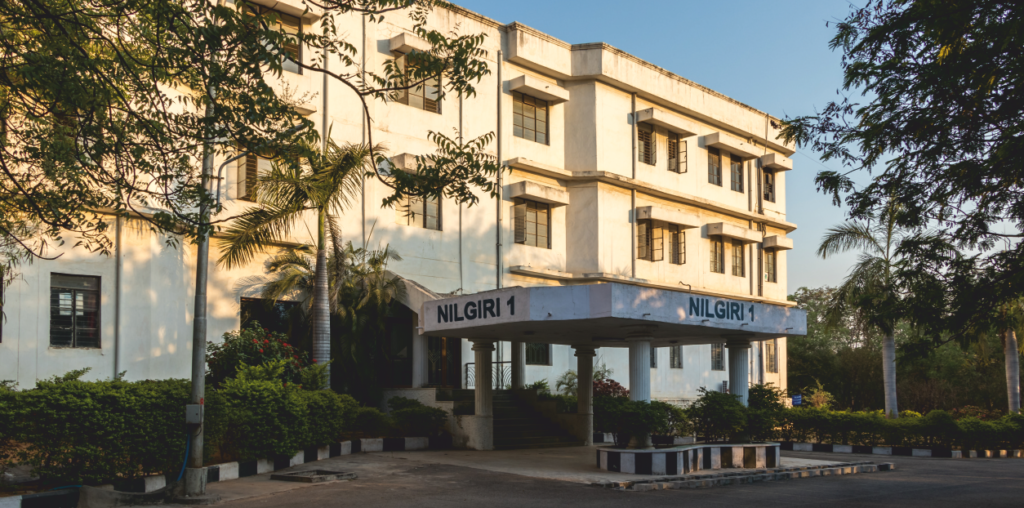
Introduction
College level crimes occur at an age when you are not a child anymore, but have seen so less of the outside world on your own two feet that you might sometimes feel like you have just stepped out of the womb.
Here comes the dilemma: do you penalize an offender as if they were an adult or do you lovingly scream at the top of your voice, and then cuddle the person as they start to cry and then explain rationally the consequences of their actions, while praying that all this got through to the person and they will never do such a thing again? (Thanks, mom!)
What is the difference between stealing someone’s laptop and stealing drinks from the Vindhya canteen? The laptop is more valuable, one might say. But why is value a concern? Isn’t the act of stealing just plain wrong, irrespective of what was stolen? Do offenders of both crimes get penalised similarly, or differently? If differently, to what extent?
Welcome to the DisCo, which, despite the sweet informal acronym, is the committee of the institute that sits down and makes these complex decisions, taking into consideration the crime, the environment, and the mindset of the person, in order to come up with a solution that is both corrective to the person and fair to the rest of college.
The DisCo
Where does one find details about one of our institute’s lesser known committees? Everyone’s heard of the DisCo, but very few people have actually been involved with the committee and there are an even lesser number of people who are willing to talk about it.
The fact that the institute does not disclose anything regarding the proceedings of the committee (see philosophy) and very little about the verdict does not make things easy. The intranet has details on who is in the committee and how a serious crime is defined, but that’s about it.
Prof. Shatrunjay Rawat agreed to meet with me and answer questions, and below are details that are mostly the product of my hour long conversation with him.
Professor Shatrunjay has been a full time faculty member since 2008, and joined the DC (as he called what we call DisCo) in 2010.
[media-credit name=”© IWM (Art.IWM ART LD 4904)” align=”aligncenter” width=”316″] [/media-credit]
[/media-credit]
The Process
There are several committees that deal with delinquency in college. Anything minor is taken care of by the caretakers and wardens first. Slightly more serious acts go to the SCOD, the Standing Committee on Discipline, and one in ten cases from here are serious enough to go to the Disciplinary Committee. Examples of cases that might go to DC include violence, severe harassment and bullying, major theft and gender violence. This, however, as we see in one of the instances mentioned in part 2 of this article can and also sometimes include actions like alcohol consumption in college.
Any committee might at any point delegate the responsibility of finding corrective action to another regulatory body, for instance the gender committee, or Students’ Parliament. The gender committee on campus is both involved in spreading awareness regarding gender related concerns and dealing with related grievances if any.
A few years ago, in a case involving theft of the Vindhya canteen, the case was handed over to the Students’ Parliament. The parliament went around investigating the case, and students began confessing. Finally it was found that around students had been involved in the case. The parliament decided to take punitive action, and the offenders had to write letters to their parents stating what they did, and also had to work along with the shopkeeper for a day to understand how hard it is to earn what can be stolen in minutes.
A case that is once in the DC is handled extremely seriously by the committee and might take several sittings and go on for months before being resolved.
After sitting through a Disciplinary Committee meeting, the then student representative was at a loss for words. Each meeting is so intense and emotionally exhaustive that it can sometimes give the members sleepless nights.
The final verdict has to be approved by the director. The offender can then appeal against the judgement and the director could form an appeals committee to handle it. The appeals committee could increase, decrease or maintain the severity of the original punishment. In one gender related issue, a one year suspension was changed to two on appeal.
The victim (if any) is not required to sit through the case, and generally don’t. The victim backing off from the case does not affect the proceedings, and the case goes on.
Who Makes Up the DC?
The DC consists of about 7-8 faculty members and two student representatives. The SCOD does not have any student representatives, but they are called on a case to case basis. The faculty members are nominated by the director and student representatives are chosen by the Students’ Parliament. The faculty is not involved in the selection of the student representatives.
Each meeting is so intense and emotionally exhaustive that it can sometimes give the members sleepless nights.
Philosophy
During my discussion with Prof. Rawat, I inferred three main principles that guide the decisions of DC in general.
As far as possible, the action should be corrective to the person. Professors care for everyone in the community and expelling the person is a last resort. Methods like counselling (sometimes going to the extent of bringing a professional from outside) and sending offenders on social internships are used. Punitive action such as suspension and withdrawal of privileges is meted out when the seriousness of the crime increases. Expulsion, however, is the last last resort and has never been done in college based solely on disciplinary grounds*.
Accepting a mistake and apologising to the concerned people is the first step to doing this. In a certain case, it was felt that the student had wronged the student community and a gathering of all students holding positions of responsibility was called and the offender publicly apologised.
Everyone is unique. Taking full advantage of having a small number of students on campus, the DC understands this very well. Two people who have committed the exact same offence may not receive the same penalty, and it is crucial to understand that this aspect, contrary to what it seems like, contributes to the fairness of the system. For example, public humiliation for some people is torturous whereas could mean nothing to others.
In an issue related to ragging, that had four or five people involved, everyone except one student were penalised. That student, as reported by the Students’ Parliament, had taken corrective action by himself. They had themselves resigned from all posts of responsibility and had tried to make things better for the victim. No one appealed against this decision. There is no need to take action on anyone who has already taken up the path of Prayashchit, or repentance, opined Prof. Rawat.
In another case related to ragging, six people were suspended from campus. Two came back completely transformed, three were normal, but one student continued with his ways.
Whether the punishment works depends largely on the person, of course. One student came back after being suspended with no change at all, and the caretakers and wardens refused to have him/her at the hostel. S/he had to continue their academics as a day student.
All proceedings are undisclosed. To provide the necessary environment for a person to heal after the trauma of committing a crime and going through punishment, it is vital for those around him/her not to have an overly negative impression of him/her. Given that the first goal of the system is to take corrective action, publicizing details might mar the progress of the person emotionally.
Once, when a person came back changed from a suspension due to a gender related issue, he had to face the wrath of the crowd. During his suspension, he had done a few social and technical internships. Even the victim had forgiven him, but the community had not. He excelled academically but his physical and mental health was affected due to the mental trauma.
*There has been a case of expulsion based on both academic and disciplinary grounds.
Read the students’ narrative in Part 2 here.

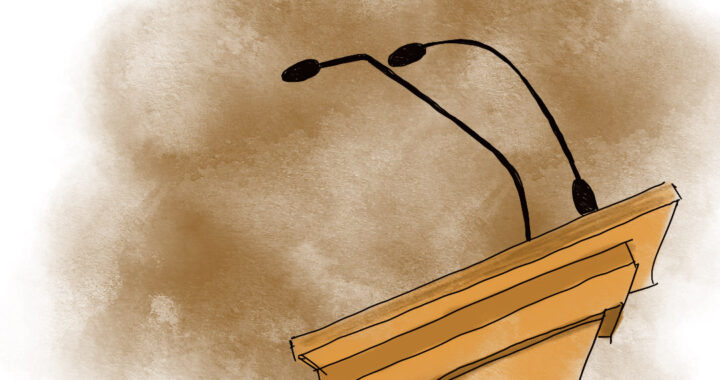 Cleaning up the Mess?
Cleaning up the Mess?  The Mess-y Situation
The Mess-y Situation  Qu’ils mangent de la grenouille! (Let Them Eat Frogs!)
Qu’ils mangent de la grenouille! (Let Them Eat Frogs!)  Tale of Two Cheenties
Tale of Two Cheenties  Peace of mind.
Peace of mind.  Boats and Valorant
Boats and Valorant 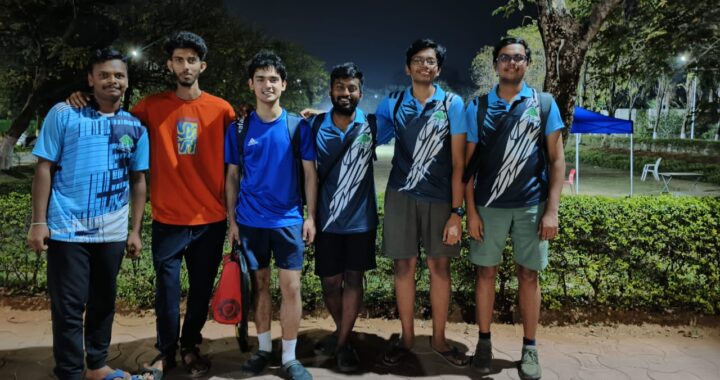 A perspective on sports in IIIT
A perspective on sports in IIIT 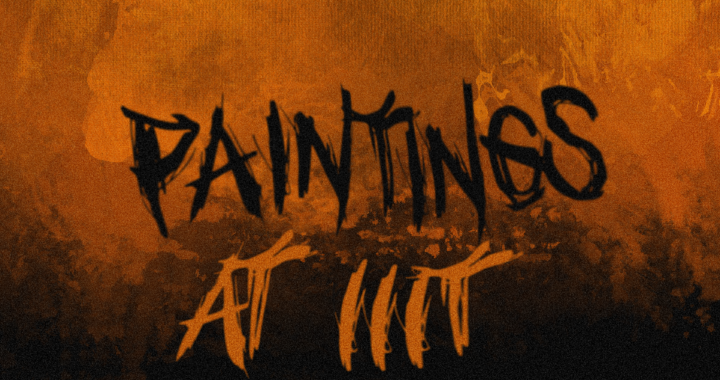 Paintings of IIIT
Paintings of IIIT 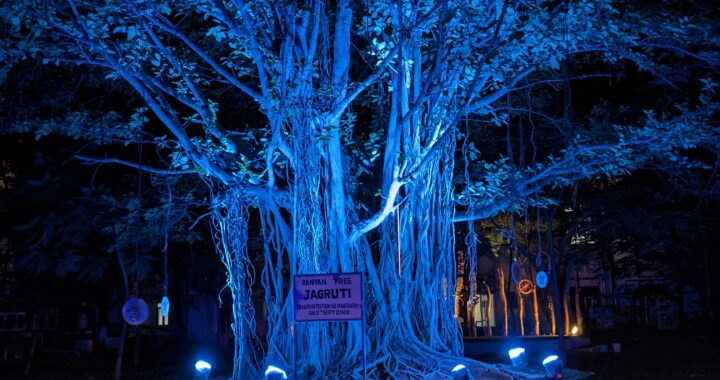 The Tale of Jagruti
The Tale of Jagruti
1 thought on “On the Wrong Side of DisCo – Part 1”
Comments are closed.